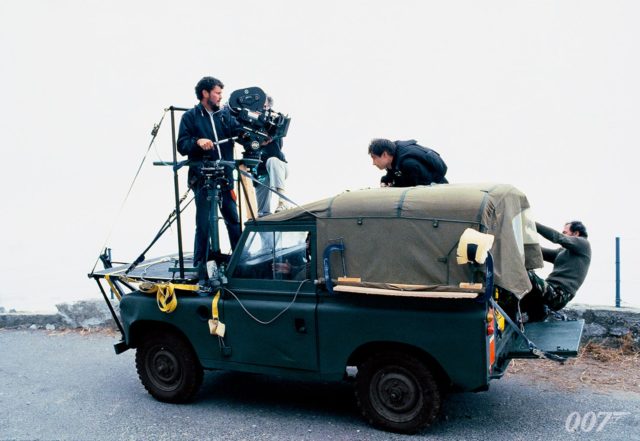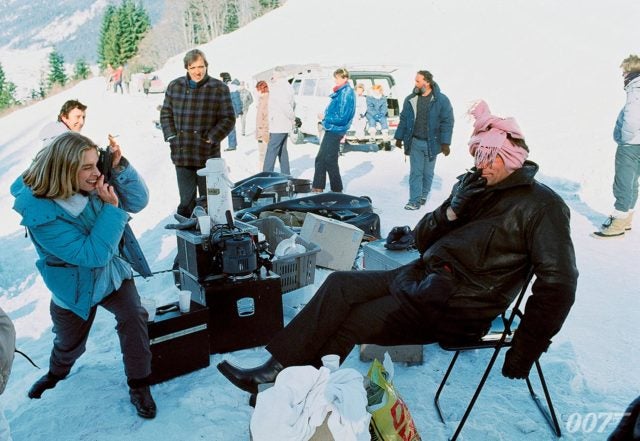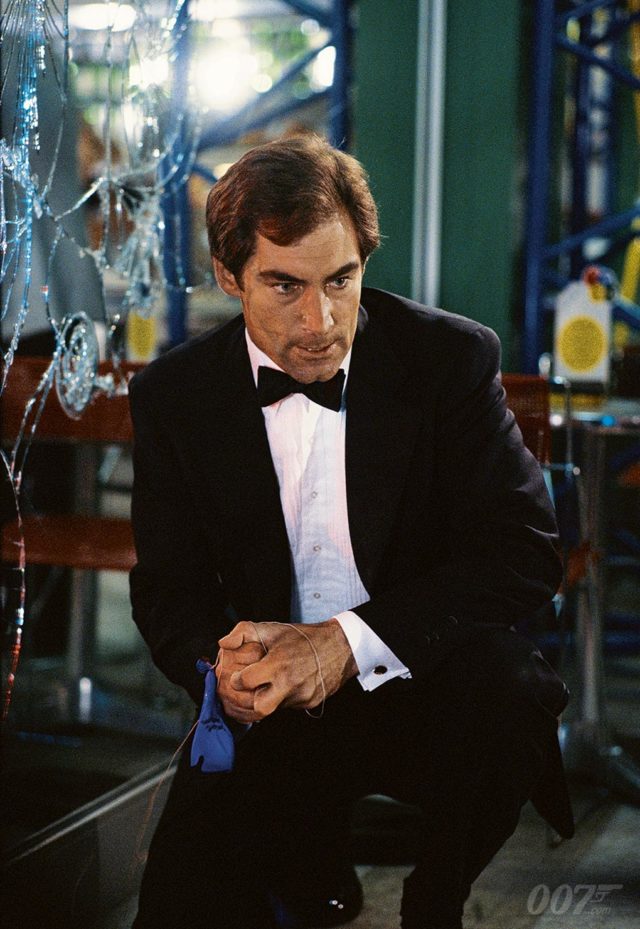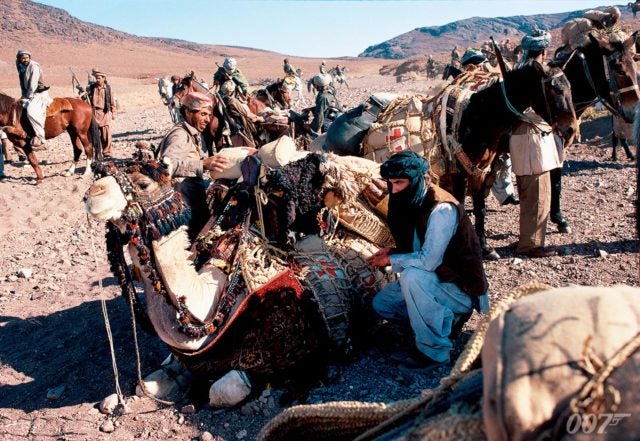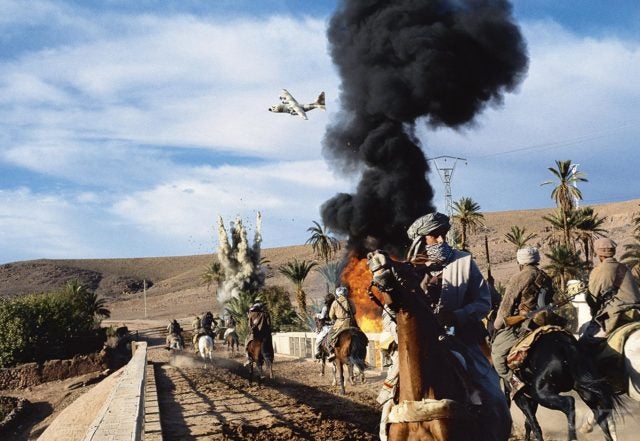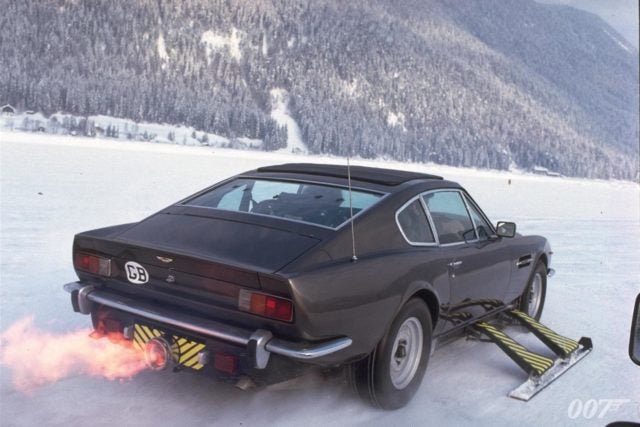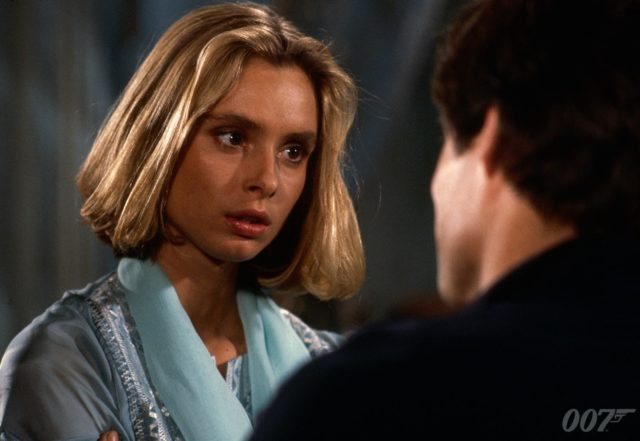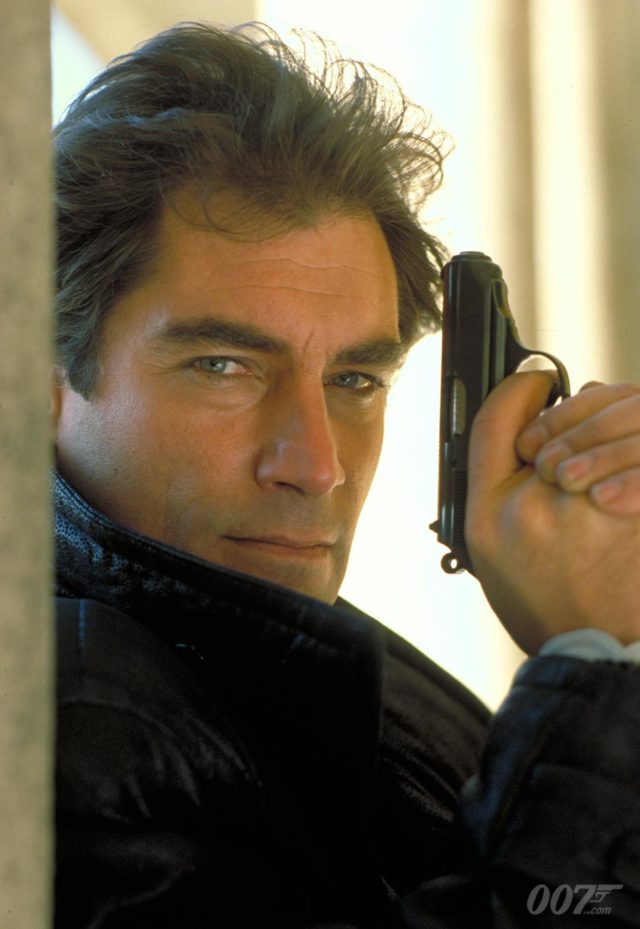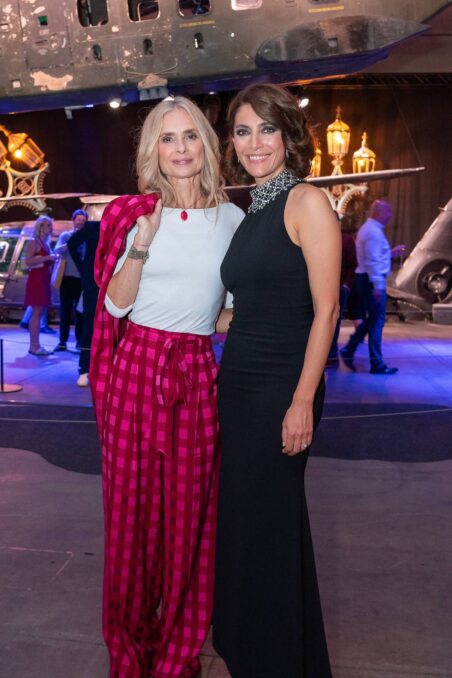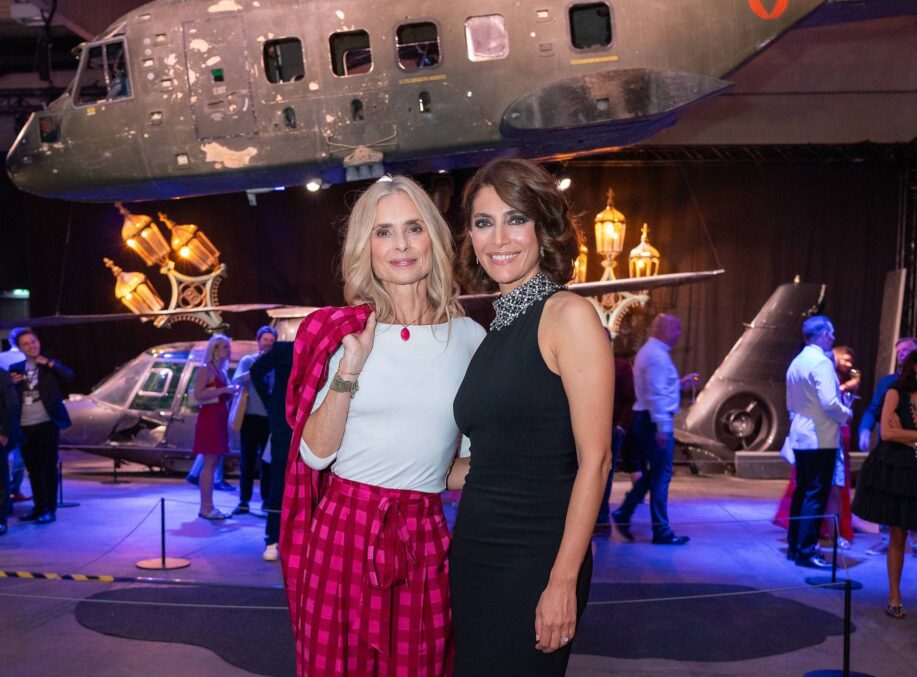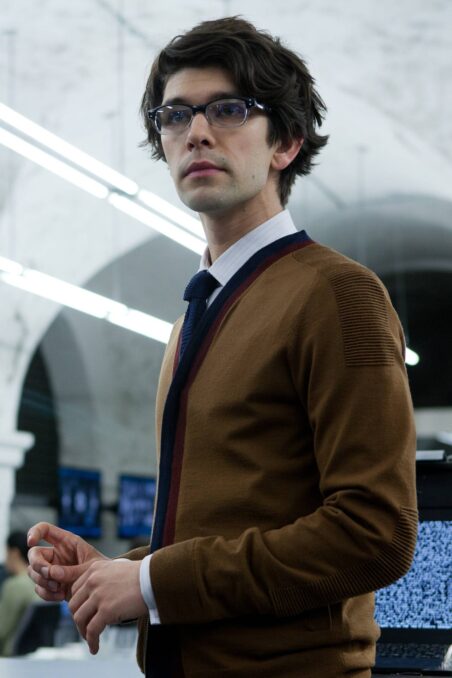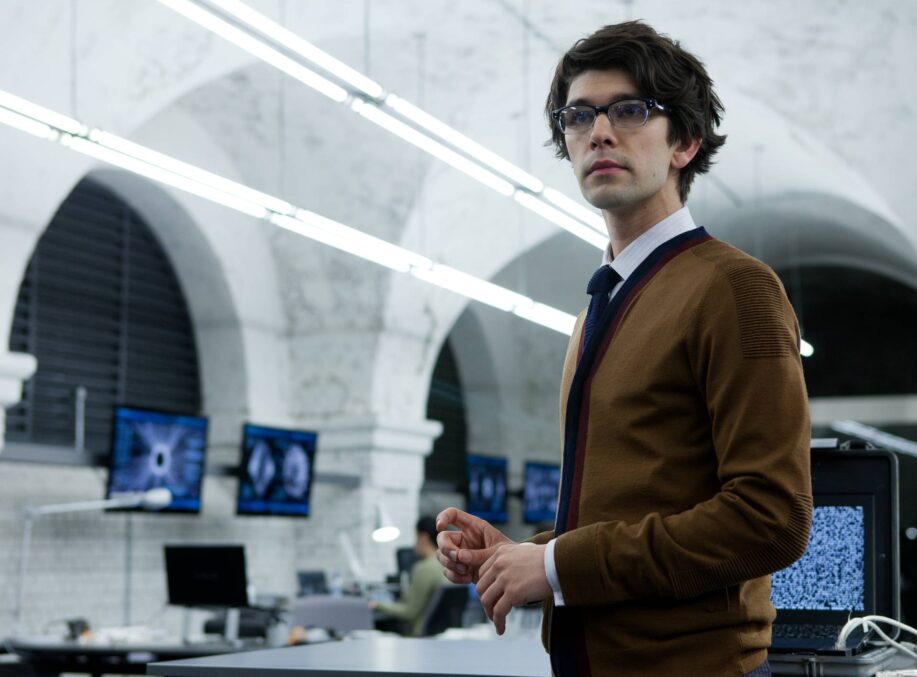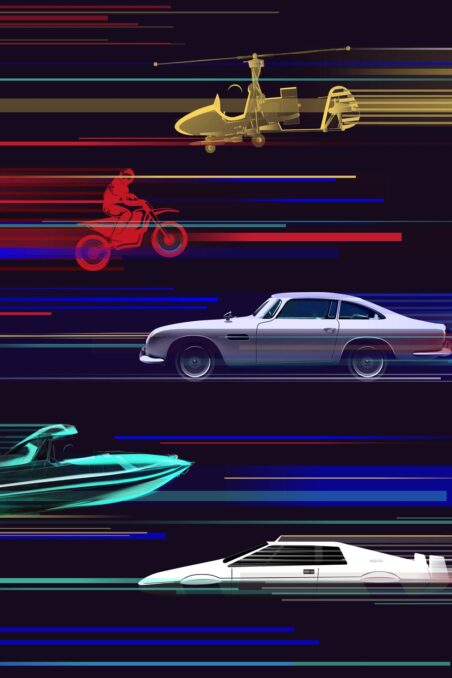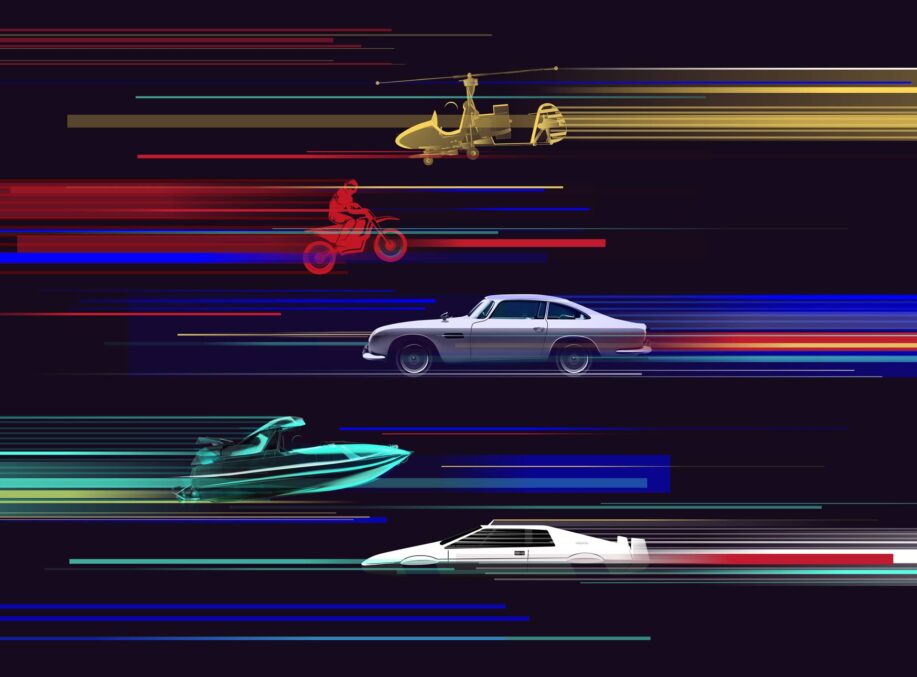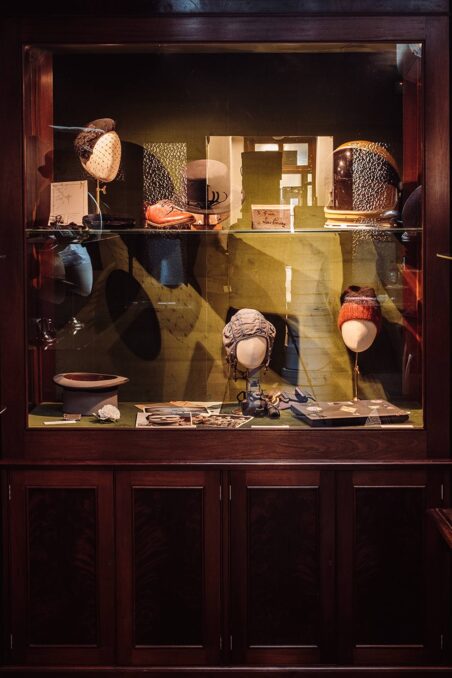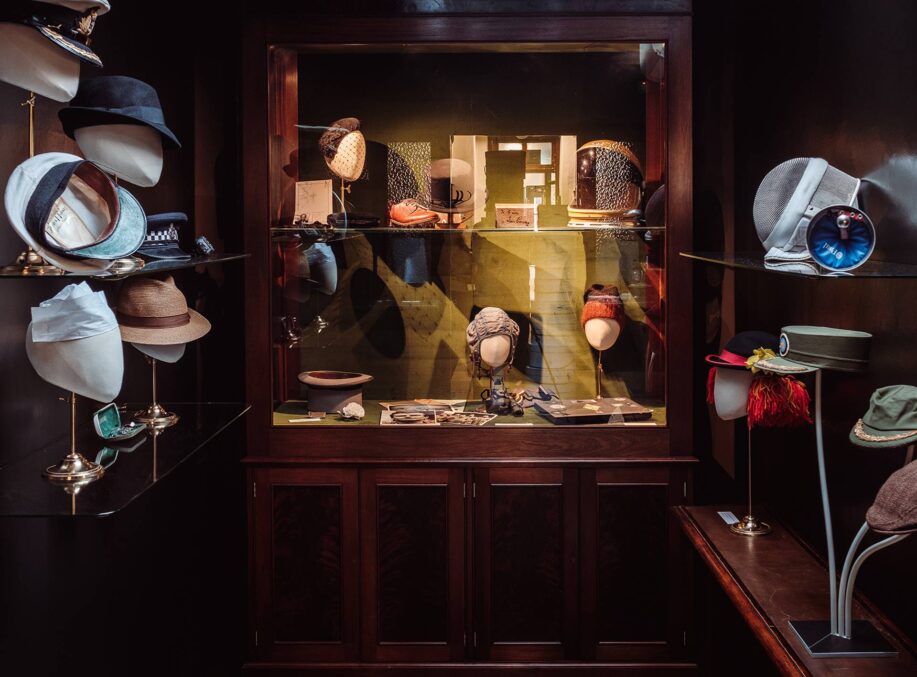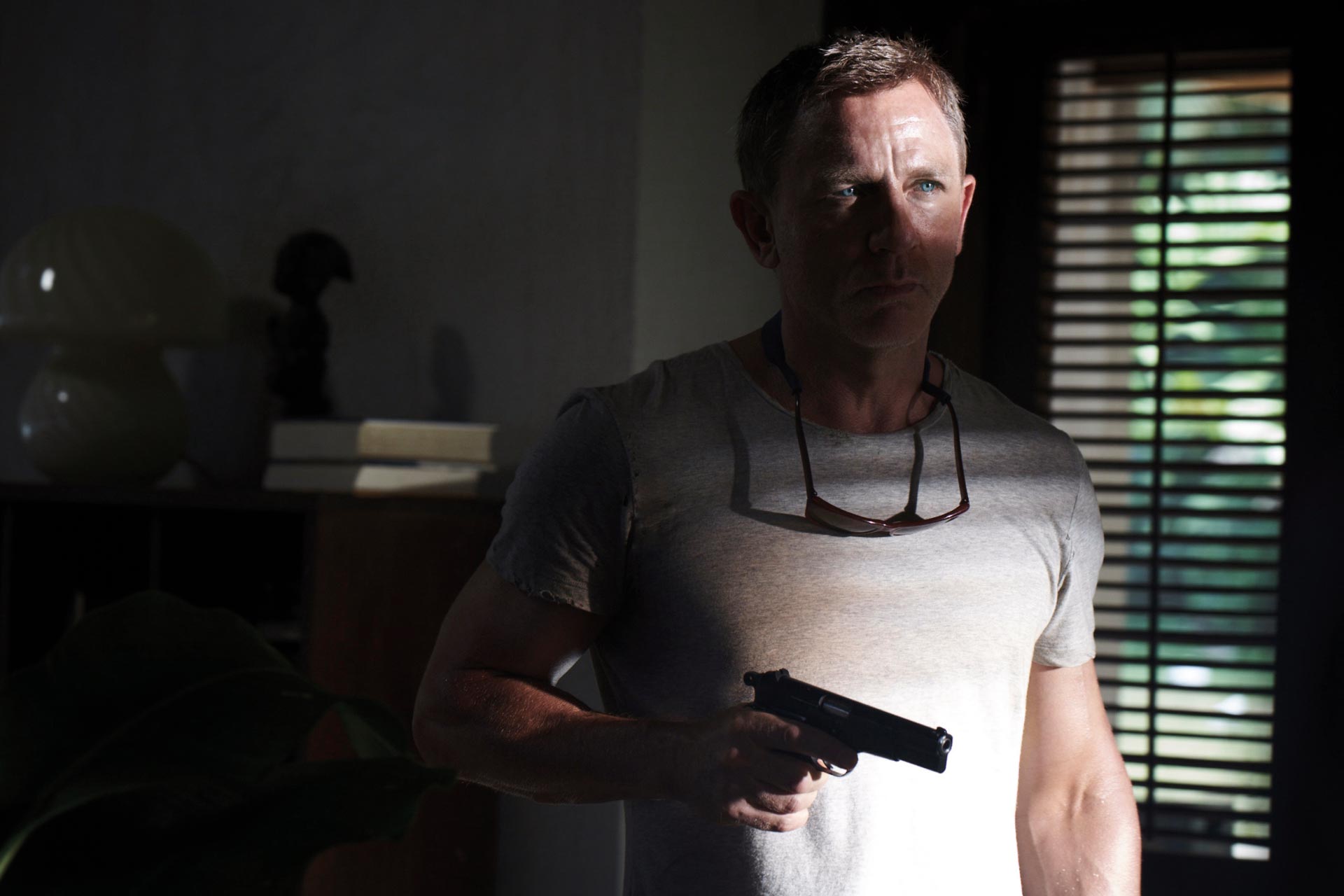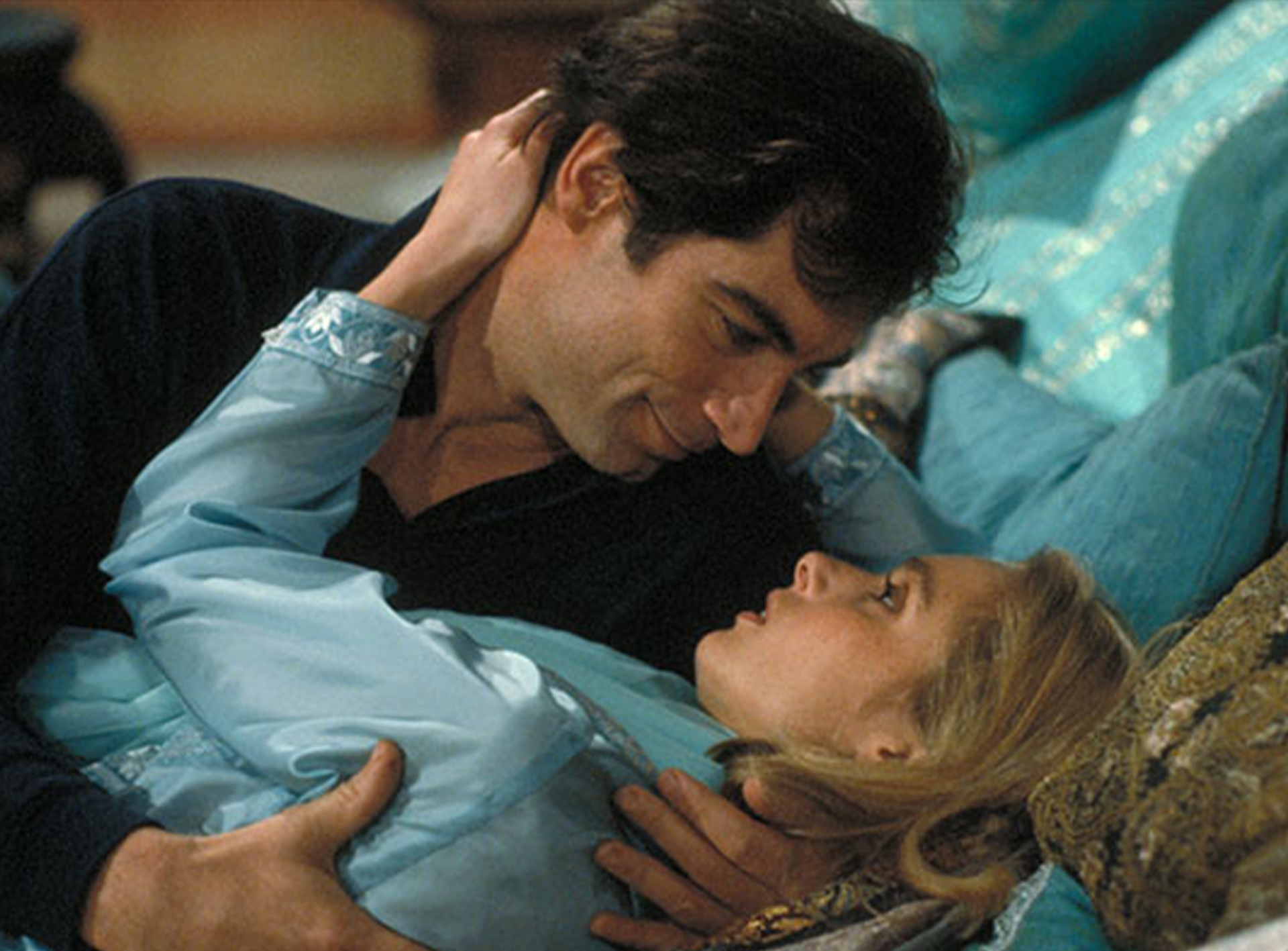

Focus Of The Week: The Living Daylights
Celebrating its 30 year anniversary this month
The Living Daylights, the 15th Bond film, offered a slight change of direction for the series, exploring the character of 007 further and the dramatic potential in the James Bond stories.
Once the decision came from producer Cubby Broccoli to recast the role of James Bond, Michael G. Wilson and Richard Maibaum began working on story ideas. They turned to the Ian Fleming short story The Living Daylights as a launching point for the script. As inspiration for the character of Koskov, the writers looked to the real-life story of a KGB officer who defected to the CIA for a short time in 1985, then re-defected to the Soviet Union. Leadership changes in the Soviet Union helped define the story and the war in Afghanistan provided a unique setting.
As the script took shape, Bond screen tests continued. With some shifts to the shooting schedule, top choice Timothy Dalton was able to take the role.
Second unit filming began in Gibraltar on September 17, 1986. When Dalton later joined the Gibraltar second unit, he impressed everyone by performing many of his own stunts atop a speeding Land Rover.
Production moved to Vienna where a major press conference introduced the new James Bond to the world. Director John Glen and his crew filmed in a number of famous Viennese locations before moving to Morocco, shooting in the Forbes Museum in Tangier. They also shot exteriors in the city, including the rooftop chase when Bond eludes the Moroccan police. Filming continued in Ouarzazate, the location doubling for the Soviet airbase in Afghanistan. When the crew returned to Pinewood Studios, Prince Charles and Princess Diana paid a visit to the set in December.
In Weissensee, Austria, 007’s new Aston Martin performed a chase on an ice lake. Glen suggested that, at the end of the sequence, Bond and Kara should abandon the crashed car and use Kara’s cello case as a sled to escape across the border. The case was made of fibreglass, had skis on the bottom and control handles on the sides. Special effects supervisor John Richardson; “As long as you made sure there was nothing at the bottom of the hill they were liable to crash into, it was actually quite fun to ride it down.”
Filming wrapped at Pinewood Studios on February 13, 1987. One week later, Producer Cubby Broccoli was awarded an honorary Order of the British Empire.
Composer John Barry returned to score his 11th and final film score. Barry fittingly made a cameo as a conductor at the end of the film, an appearance that served as a coda to his career with 007.
THE LIVING DAYLIGHTS was a worldwide smash when released in the summer of 1987. Cubby Broccoli on Timothy Dalton; “I was impressed by the way Timothy took to the new James Bond. He was a rare sample of a vanishing breed: a gentleman actor with a highly tolerable ego. I think he was smart in having no preconceptions based on what Sean and Roger had done before him. He was his own man and played Bond that way. In the end, he received critical approval and most observers agreed he gave the role an exciting new dimension, which is what we set out to achieve.”
The hero cello sled that John Richardson refers to is on display with the Aston Martin V8 at the Bond in Motion exhibition, London Film Museum. londonfilmmuseum.com
